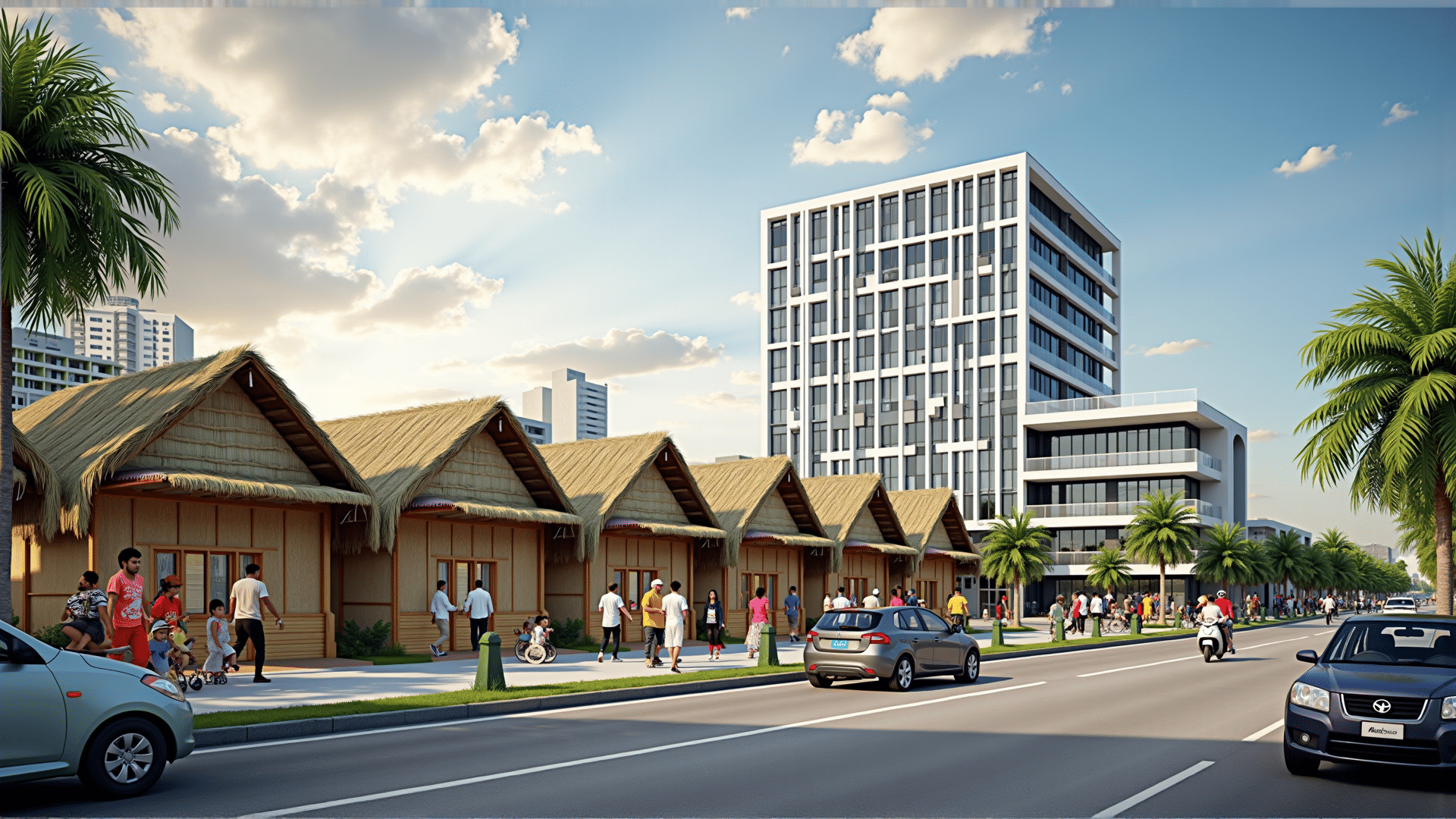Situated in the heart of the Philippines, Cebu is a fascinating place where the past meets the present in an architectural symphony. This island province showcases an extraordinary blend of traditional Filipino structures and contemporary designs, creating a distinctive urban landscape that both resonates with history and embraces the future.
Traditional Filipino architecture in Cebu is characterized by the timeless simplicity and beauty of structures such as the bahay kubo and the Spanish colonial-era buildings. The bahay kubo, or nipa hut, reflects the ingenuity of early Filipinos, utilizing local materials like bamboo and nipa leaves to create a dwelling suited to the tropical climate. These stilted houses offer ventilation and protection against flooding, embodying sustainable building practices long before the term became fashionable.
In areas like Parian and Carcar, visitors can find Spanish colonial houses that hark back to the colonial era, with their grand proportions, capiz shell windows, and intricate woodwork. These structures offer a glimpse into a bygone era, highlighting the cultural narratives and craftsmanship of the time. The preservation and restoration efforts are essential in maintaining these historical landmarks, ensuring they remain a vital thread in the rich tapestry of Cebu's heritage.
Cebu's evolution is not only a nod to its past but also an embrace of modernity. The island has become a showcase for contemporary architecture, with sleek skyscrapers and innovative designs that meet the needs of a rapidly growing population. The futuristic skyline of Cebu City is a testament to architectural ambition and innovation, with glass facades and geometric complexities defining the cityscape.
The juxtaposition of these two architectural styles might seem contrasting, yet Cebu effortlessly integrates them, allowing traditional and modern structures to coexist and complement each other. This integration can be observed in mixed-use developments and public spaces, where cutting-edge designs incorporate elements of Filipino culture and history. It’s not uncommon to find a state-of-the-art building that subtly nods to traditional motifs or materials, creating a bridge between the past and the present.
Urban planners and architects in Cebu are increasingly focusing on sustainable practices, creating eco-friendly buildings that reduce environmental impact. This forward-thinking approach not only pioneers green architecture but also pays homage to the resourcefulness embedded in traditional designs.
Exploring the architectural landscape of Cebu offers a journey through time, capturing the essence of its historical roots while embracing the opportunities of the future. This unique interplay between tradition and modernity makes Cebu a vibrant and dynamic place, where every building tells a story and invites visitors to discover the harmonious blend that defines this remarkable destination.
